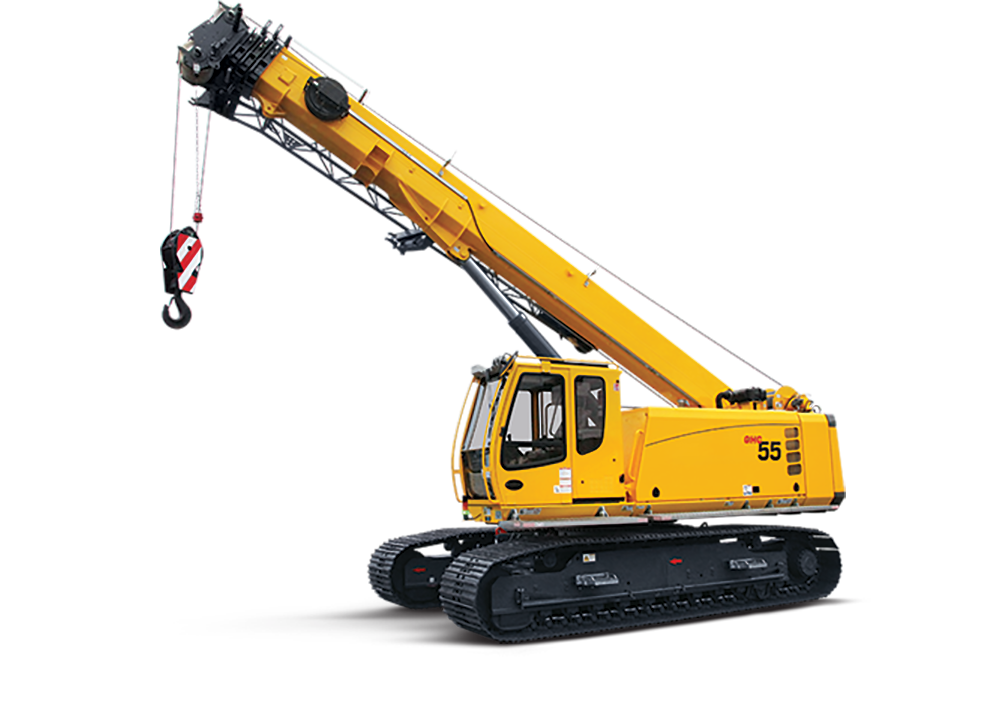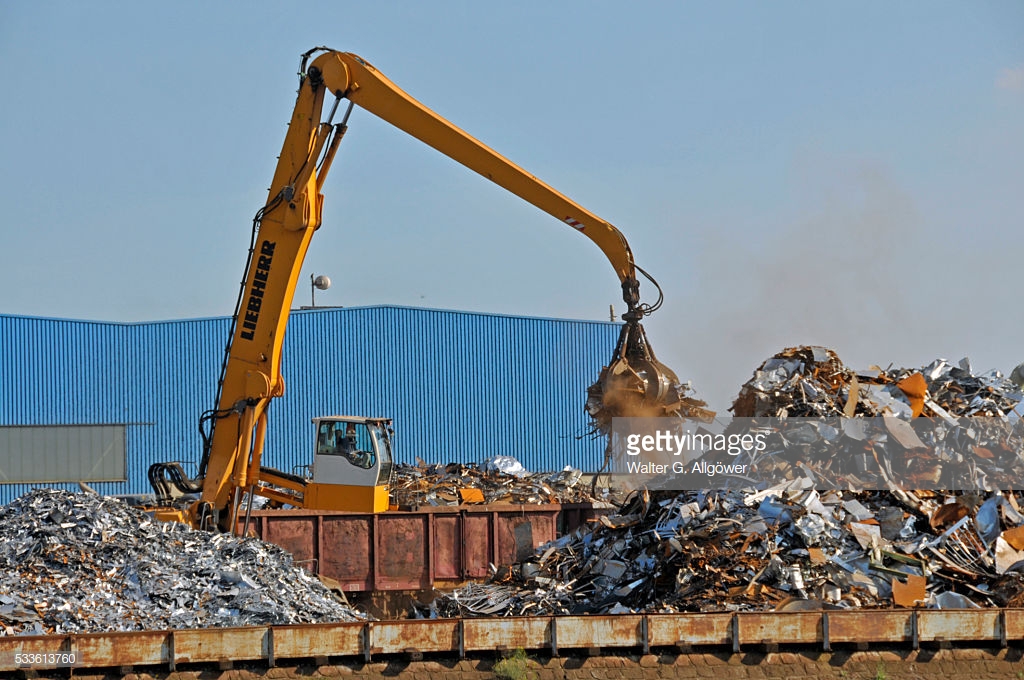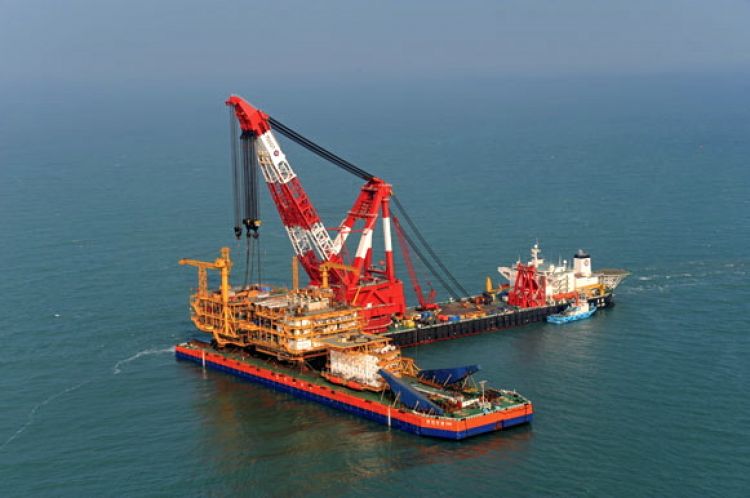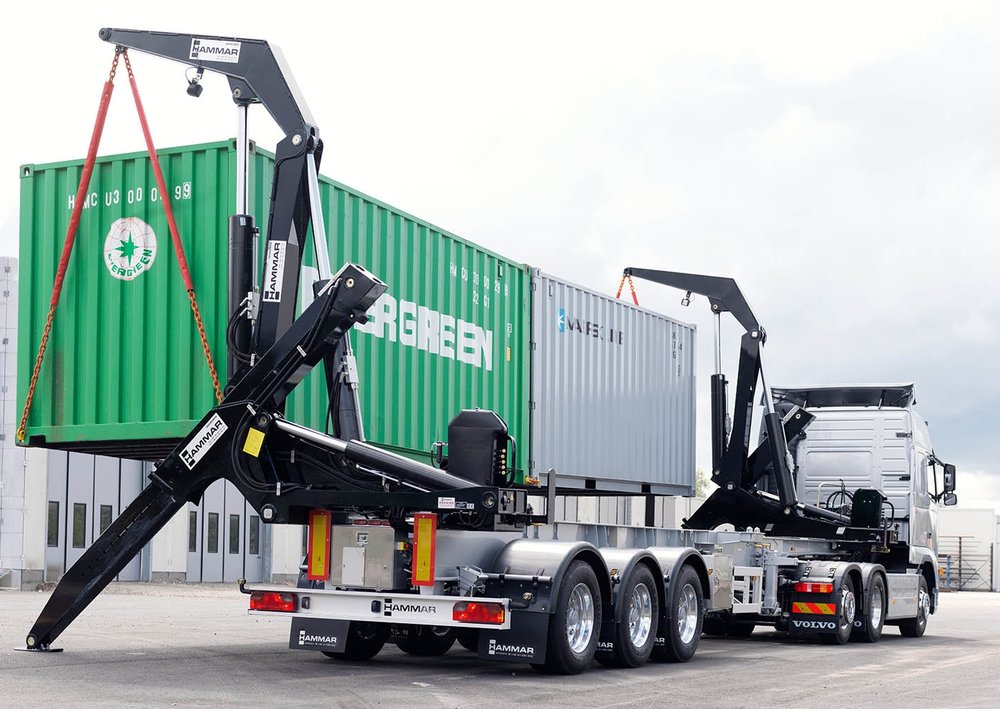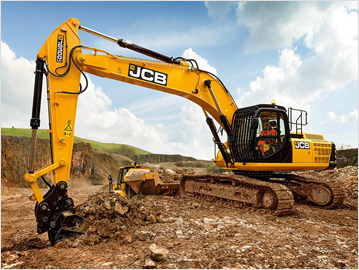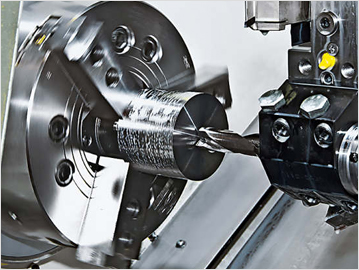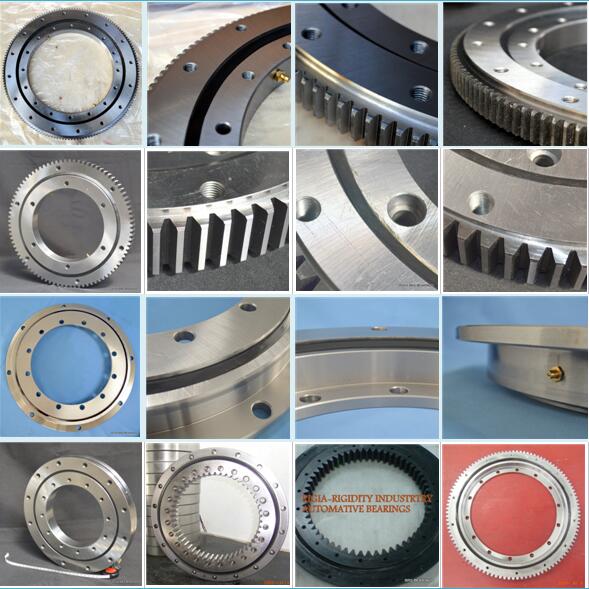Cranes
Crane slewing bearing is one of the most important components for cranes. Cranes are lifting machines that use levers and pulleys to lift very big weights. And the astonishing thing is that these machines are not an invention from the modern industry but have a long history of more than 2000 years.
There are many different types of cranes. Such as mounted crane or truck crane, crawler crane, floating crane, tower crane, railroad crane, deck crane, stacker crane, bulk-handling crane, telescopic cranes, etc. So a large amount of slewing bearings are required for this application.

telescopic crane 


tower crane 
floating crane 
side lift crane
Due to the different structures of mechanisms, crane slewing bearing also needs to be produced in various designs.
Crane slewing bearing products
RKS medium size ball slewing bearing
Rollix 01/02/03 series slewing bearing
Three row roller slewing bearing
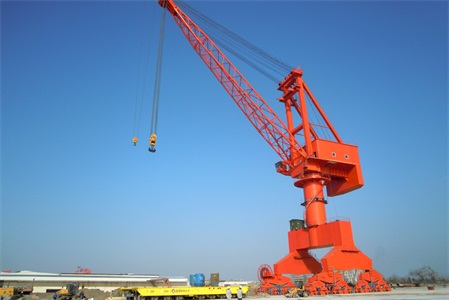
BRS Bearing can also design and produce slewing bearings according to details required by the customer, the quality and precision of our manufacturing is the key to ensure good performance of cranes. BRS slewing ring bearings help construct buildings with total security.
How to maintain crane slewing bearings?
- Check the status of bolts on the slewing bearing before each operation or at least once a week.
- After the slewing ring works for 100 working hours for the first time, check whether the bolts are loose or not, and check again at the 300th working hour. After that, check it every 500 working hours, and reduce the inspection interval for extreme loads. If the bolts are found to be loose during the inspection, please terminate the construction work, and immediately contact the local after-sales maintenance service unit to confirm inspection and solution accrordingly.
- The slewing bearing should be filled with lithium grease before installation. (Learn how to lubricate slewing bearings.)
- When removing and replacing bolts, clean the bolts first, then apply external thread tightening glue and tighten them. Use a crane in accordance with the operating instructions, and check and tighten the bolts on time according to the regulations to prevent bolt fatigue risk.

